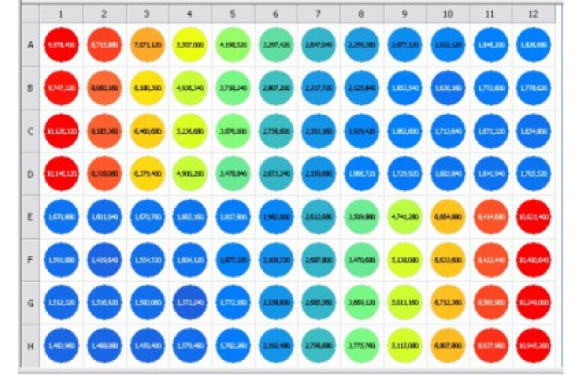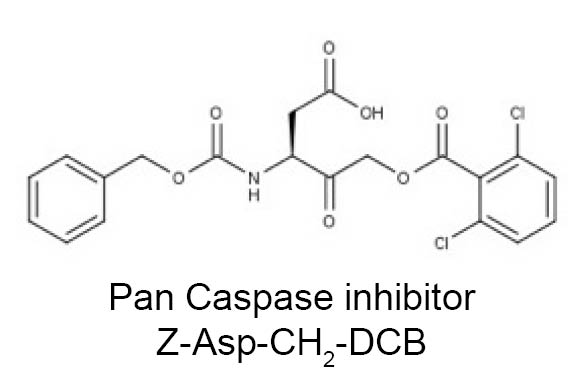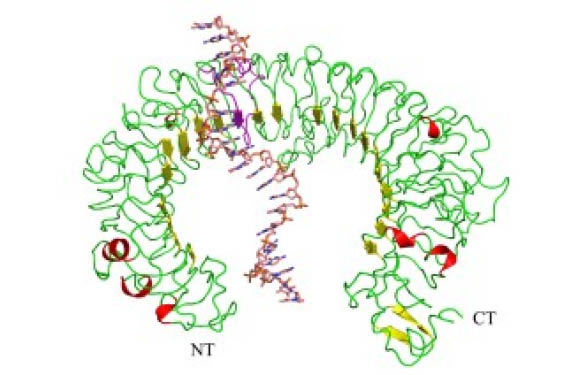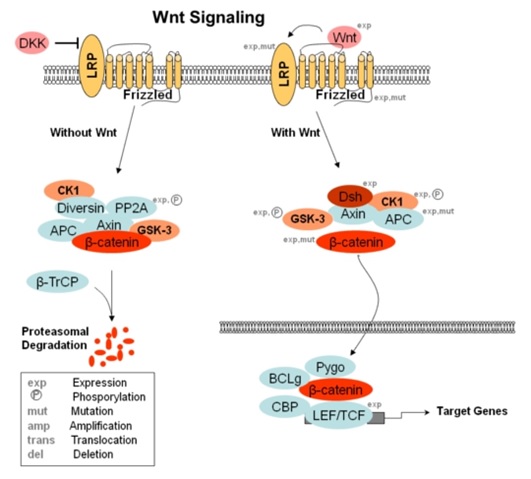To date, detecting changes in the ubiquitylation of specific substrate proteins in response to external stimuli, e.g. stress, cytokine exposure, drug candidate treatment, etc., has been a long, labor-intensive process involving immunoprecipitation followed by gel electrophoresis and Western blot analysis. This method is low through-put, resource intensive, and only semi-quantitative at best.
ELISA like method to measure all ubiquitinated proteins in cell lysates

To enable researchers to avoid the above mentioned limitations, LifeSensors has developed the UbiQuantTM S kit as a facile, robust, and quantitative alternative to IP/WB analysis. It is built on LifeSensors UbiQuant platform, in which ubiquitinated proteins in cell lysates are captured in the wells of a precoated microtiter plate using a proprietary ubiquitin binding reagent and then detected by an antibody against the protein of interest (either native or tagged) to quantitate the amount of the protein bound. Another version of this platform – the Ubiquitin Ubiquant ELISA – opens the possibility to measure the concentration of total free ubiquitin (poly- mono-) in biological samples including cell lysates, tissue homogenates, and plasma.
Fig. 1 shows a typical experiment using the UbiquantTM S assay. Decrease in LDLR ubiquitination following treatment of transfected cells with an IDOL (E3 ubiquitin ligase) inhibitor. Cells are treated with different concentrations of an inhibitor of the E3 ubiquitin ligase IDOL and subsequently the decreasing ubiquitination of Low density lipoprotein receptor (LDLR) is measured with the UbiquantTM S assay. More detailed results can be found in an application note recently relased by LifeSenors.
Please note that if you want to order and use this kit and intend to use a tagged-substrate, you will have to specify the epitope tag in order to receive the appropriate antibody for detection with the kit(e.g. myc, HA, FLAG®, V5, GST, etc. Unfortunately, His6 cannot be used for this assay.) Of course you can also use your own antibodies directed against your protein of interest.
Interested to apply this method to detect the total amount of ubiquitinated proteins in your sample? Get in touch through the form below, for advice on selecting the correct anti-tag antibody you might need.




2 Responses
How do we order these kits. I do not have a tagged protein–just want to measure whether my protein of interest is ubiquitylated after treatment
Dear Jena,
Thank you for reading our blog.
If you are located in Europe, you can order these assays via tebu-bio at europe@tebu-bio.com.
For the US and other countries, you might contact Lifesensors at info@lifesensors.com.
I hope it helps.
Regards,
Philippe